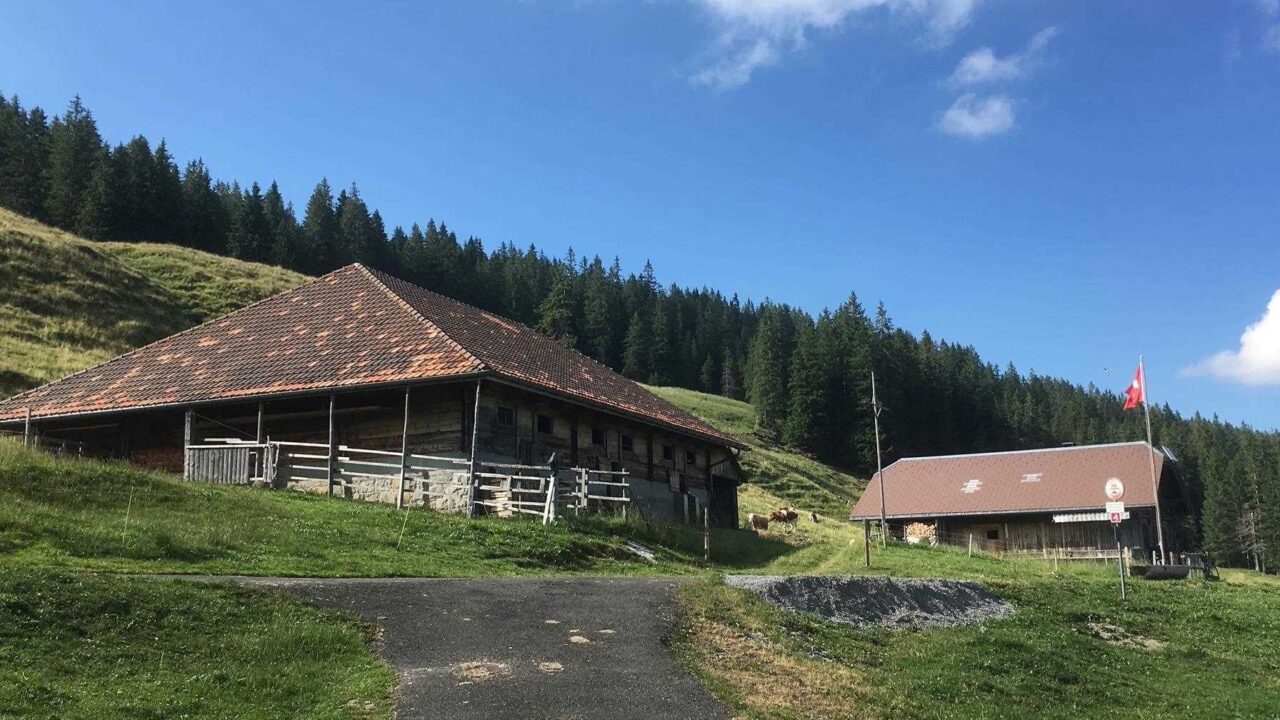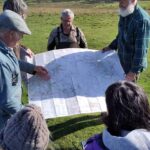Case Study – Sarnen (Canton Obwalden, Switzerland )
🌿 About the Satoyama Landscape
In the alpine pastures of Sarnen, there are small wooden houses. These areas are used for transhumance, which means moving animals to different pastures depending on the season. In summer, dairy cows, goats, and some sheep live in shared alpine pastures. Farmers also grow hay on private fields to feed their animals in winter.
This way of farming is common in many parts of Switzerland. The forests and pastures have many different plants and animals because people keep using and taking care of the land following local rules. This creates the typical alpine landscape.
⚠️ Challenges and Threats
Farming and living in this area are very hard because food and wood prices have gone down (although wood prices have recently gone up a little). Without help from the government, the shared cultural landscape could not be kept.
However, the local commoners’ groups are creative. They make money from restaurants they own together, buildings in the valley, and from heating systems that use wood chips from their forests to produce energy for nearby towns.
There are also more and more environmental rules, like protecting moorlands and biodiversity. But sometimes these rules do not understand that these lands are also cultural landscapes shaped by people for a long time.




